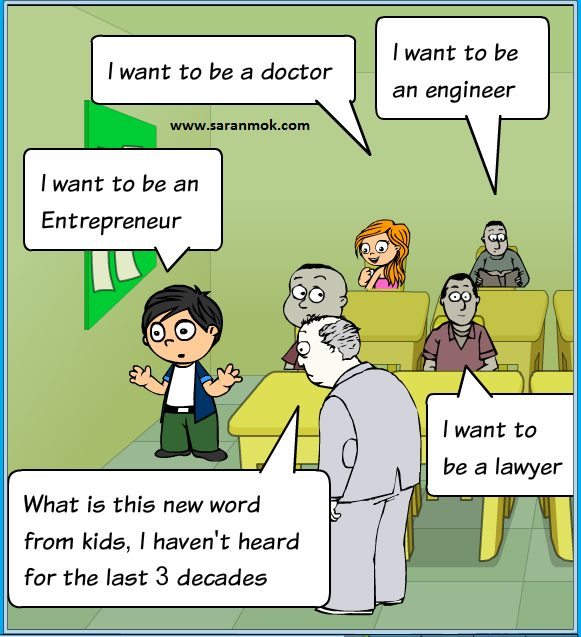
Before knowing how to build a minimum viable product (MVP), let’s understand why to build an MVP? What if a product is not accepted by the customers after 2 years of development efforts? What if a product fails in the market after spending lot of time, efforts and money? What if a competitor launched similar product much earlier? What if the product is early to market expectation? What if the product has been built on a wrong architecture? What if the product is essentially built on wrong functionality? What if the product is built with numerous functional and technical defects after 2 years of effort?
In any of the above cases, time, efforts, and money will be lost with no gain. That is why building minimum viable product (MVP) is the secure way to test the product with minimum functionality which can be built with minimum time, cost, and efforts. How to build an MVP?
What is proof of concept (POC)? It is verifying how practical and potential to implement but an MVP is to verify how profitable to create. POC may not have the commercial angle. However, MVP is to check how commercially feasible the product is?
The problem
The problem which is being solved will play vital role in building MVP. Solving a problem with in a day or a week is not possible. It needs planning, requirements, and prioritization. Dividing into smaller parts is easy to build a build product. So, pick up smaller parts of the problem to build an MVP.
When you know, what should be solved? Why should be solved? And how should be solved. It is imperative to learn how much should be developed initially.
List down the features
List down all the features to be developed in the product because, to build a minimum list of features we should know the maximum list of features. To select the features for MVP, two filters have to be applied 1. List of features which has meaningful end to end functionality 2. Select the features in such a way to create viability though the functionality is small.
If possible, it is always suggestible to consider USP (unique selling proposition) to build as MVP. The USP draws customers attention and helps to convince them to use the product and wait for the full product to be launched.
Prioritization
Prioritization is majorly based on four factors, 1. Based on the estimated reach 2. Based on the level of impact in customer’s lifestyle 3. It is based on confidence and experience 4. Finally, based on the estimation. These four factors should be applied to finalize the list of features for MVP. A part from these 4, budget is another factor to be considered because the aim is to develop a product which should be minimum capable to convince customer and minimum guarantee for the business also.
Minimum resources

Essentially, minimum viable product is not a complete product, it is the product with minimum functionality which was created with minimum resources to understand the demand of the product, pulse of the customer, acceptability of the market, suggestions from the customers to incorporate. Eventually, it should strategically plan with minimum set of resources, human resource, minimum time period, minimum efforts, and minimum budget.
If the response is negative and failed to create customer confidence, it indicates that the solution must be redesigned or not to be designed. That is the reason MVP should always be created with minimum resource to minimize the cost.
Understand customer
For instance, if the business is to create an eCommerce application, how to understand the customer behavior? I would suggest creating
- A website with basic goods or one or two demanding goods for a particular area.
- Limit the delivery area to certain location so that one or two persons can deliver the orders without employing others.
- Go to market with cash on delivery option so that you can avoid the compliance and documentation initially.
- Create a website with WordPress or Drupal or Shopify with free plugins other than data security. Take care of data security from day one.
- Buy goods based on the order rather wholesale, it may not give big profit margins but it helps to utilize the available funds to buy all goods per customer order.
Advantages this approach:
- Over a period of time you can understand customer needs.
- You will understand delivery and logistics.
- You will understand where to spend and where not to.
- You will learn money and resource management.
- You will know the demand of brands and type of goods in demand.
So, create an MVP before kicking off the product development.
Another good read

He is the Author, Product Specialist, Business Consultant, Entrepreneur, Public Speaker, Thought provoking writer, and Joke writer. Follow him on Twitter



Leave a Reply